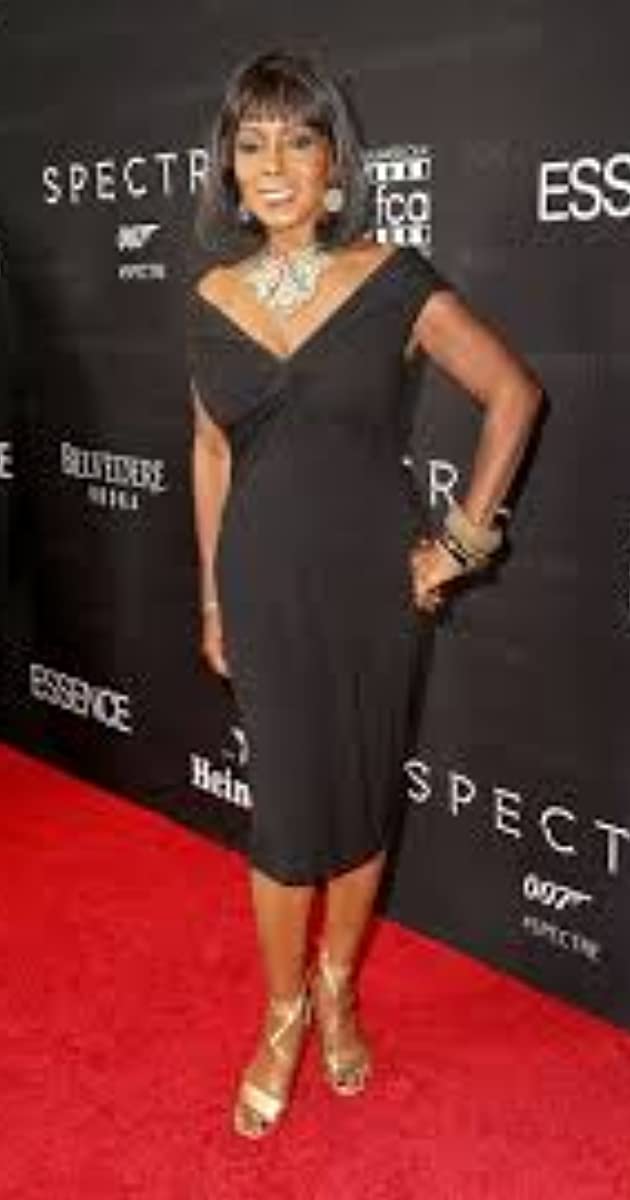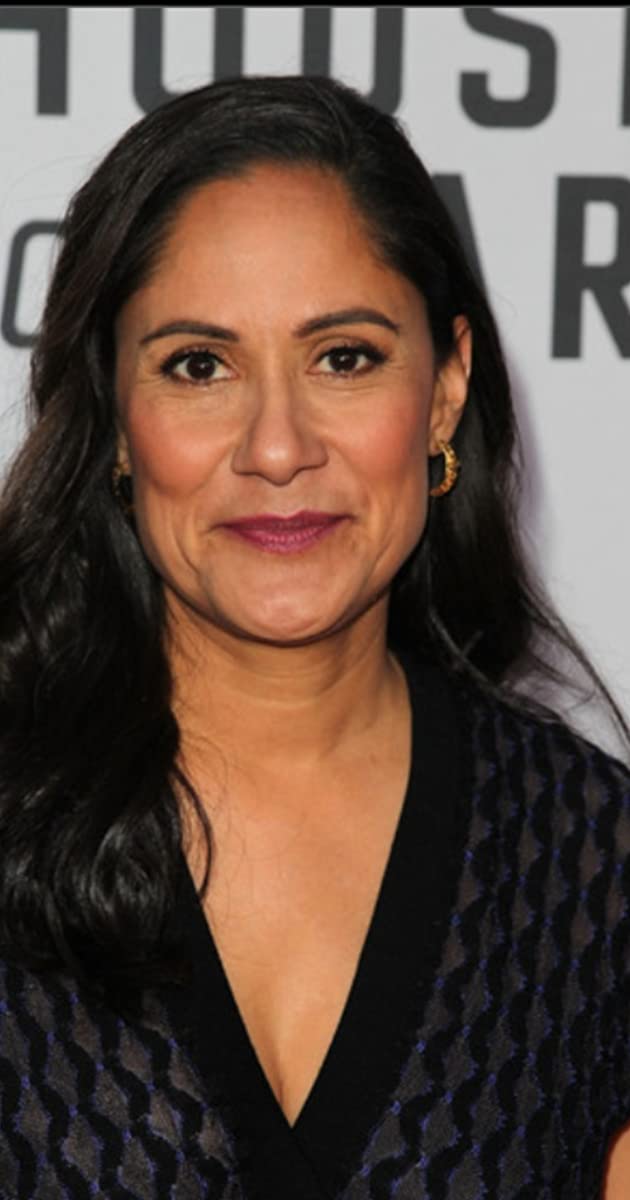
“Daily Variety”, many publications and critics called Judy Pace one of the most beautiful women to ever appear on screen. In the 1970s she was the personification of black beauty, but restricting her to just being a “black” beauty is a slap in the face because she’s a beauty, period. Most importantly, however, she was a fine actress. She became a familiar face in the 1970s on the big and little screens, appearing in the most popular blaxploitation movies and popular television shows like Batman (1966), Bewitched (1964), The Flying Nun (1967), I Spy (1965), The Young Lawyers (1969), The Mod Squad (1968), Brian’s Song (1971), That’s My Mama (1974), Sanford and Son (1972) and What’s Happening!! (1976), among others. Her presence was always welcoming, warm, sexy but innocent. She was truly graceful and a vision of loveliness. But don’t make the mistake of knowing her for just beauty. She was truly a grand actress. Her dark-brown complexion is always mentioned because she was the first dark-complected beauty on-screen. She proved to whites and blacks alike that beauty doesn’t discriminate and a woman with dark skin can be a beauty, too.
Judy Pace was born and raised in Los Angeles, California. She came from a humble upbringing. After graduating from high school, she attended Los Angeles City College, where she majored in sociology. Always striking, she was taught modeling by her sister, then got an offer to join the prestigious Ebony Fashion Fair; she auditioned and became the youngest model for the show. Modeling was something new and adventurous for Judy. She went on to model in many leading publications that catered to both black and white audiences. Judy had no aspirations to be a movie or TV star until director William Castle saw her pictures in “Ebony” magazine and chose her for a part in his film, 13 Frightened Girls (1963). She received favorable reviews and showed great potential as an actress. She realized that she was meant to be an actress so she began taking acting classes and performing in L.A. theater. Small parts on television and films started coming her way, leading to bigger and better roles, such as Three in the Attic (1968), in which she played one of three femme fatales who band together to turn the tables on a white gigolo by loving him to death. This film was one of Hollywood’s first interracial love/sex movies. Judy played her part so daringly, enticingly and erotically that you forgot her race and color and were hypnotized by her powerful aura.
Judy had nothing but success from then on. After losing out to Diahann Carroll for the lead role in Julia (1968) that seemed meant for her, Judy found TV success in the nighttime soap opera Peyton Place (1964). She played “Vickie Fletcher”, television’s first black female antagonist. Judy was excellent as the manipulative, lying, cheating, backstabber who ruins the life of everyone who crosses her path. When the series was canceled, others found it hard to find work but Judy didn’t. She was given the lead in a made-for-TV movie called The Young Lawyers (1969). Judy played one of three young lawyers who took on cases dealing with the poor and oppressed. The film would later be turned into a weekly series, with Judy reprising her role.
The 1970s was the start of a new, exciting, experimental era that’ll never be seen again. It was the era of black power and black beauty. Judy, more than anyone, exemplified that era of thinking. She was black and beautiful, truly. She was the “new” black woman–confident, strong, sweet, sexy, vivacious and beautiful. She was referred to as “The Black Babydoll” or “The Black Barbie” because she looked just like a perfect doll.
Judy became the ultimate favorite of the 1970s on the big and little screens. She was one of many gorgeous black leading ladies of blaxploitation films of the 1970s. Cotton Comes to Harlem (1970) was her big break and the film was the start of the blaxploitation era. It was about a black leader who plans to steal poor blacks’ money with a bogus “back to Africa” movement, basically a remake of The Black King (1932). It was an all-star cast, with Godfrey Cambridge, Raymond St. Jacques, Redd Foxx, Cleavon Little and Calvin Lockhart, directed by the legendary Ossie Davis.
She never acted “black” or “white”, she simply just acted and her portrayals were moving to anyone watching her; she made you become deeply involved in her roles. Even as a bad lady, she made you hate her but love her a little. Judy was a natural, versatile actress; she could play the sweet, innocent girl next door or an evil femme fatale. She could also play the “dumb” beauty and make it believable. She made you understand her and have a little heart for her. That’s an actress! No one else of the screen of her time was so versatile; other black actresses were monotonous.
“Cotton Comes to Harlem” should have made Judy an iconic blaxploitation movie star, as it did the black male actors, but it didn’t. Pam Grier was the only black female to enjoy major success in blaxploitation films. Perhaps Judy was too much of a lady for blaxploitation, though. There was no sign of stopping for her. Roles followed in movies and TV. She had guest appearances on such hit shows as Sanford and Son (1972), Good Times (1974), That’s My Mama (1974) and What’s Happening!! (1976), where she had significant parts and left a lasting impression on viewers. She always was the most popular TV guest star. Judy was in her 30s during the 1970s, which was her prime, but she still flaunted youthful beauty and zest.
Judy Pace went on to conquer the stage. She was in the well-acclaimed Las Vegas production of “Guys and Dolls” that had a successful run. It was a black version, in which she played “Adelaide”. Judy’s first marriage was to actor Don Mitchell, who had success on Ironside (1967). She had two children from that union and, later, she married baseball legend Curt Flood. Since Flood’s death in 1997, Judy has been a major spokesperson for her husband’s role in establishing free agency in professional sports. Judy is also the founder and supporter of the Kwanzaa Foundation with “Star Trek” legend, Nichelle Nichols. Judy’s sister, singer Jean Pace, was married to music legend Oscar Brown Jr..
Throughout her career Judy broke the color line in TV and Hollywood. She was the first to do many things that helped future black actresses. Not many, as of yet, have filled her shoes. Judy appeared on many successful TV shows and had parts in movies where she was the only appealing presence. It’s also historic to mention she was one of the first black bachelorettes on the legendary The Dating Game (1965).
Judy Pace is starting to get her well-deserved recognition with the help of loyal fans. She’s been honored through the years also. People who are becoming fans are surprised at the fact that they hadn’t known of her earlier.


